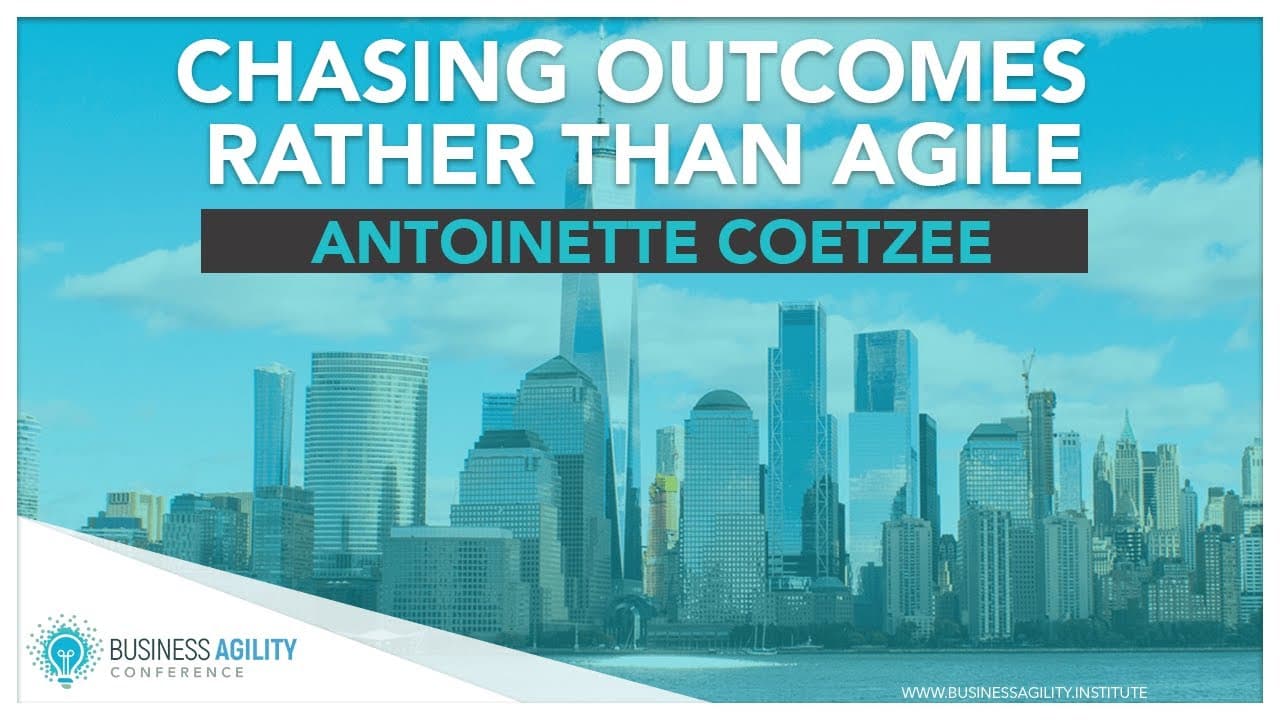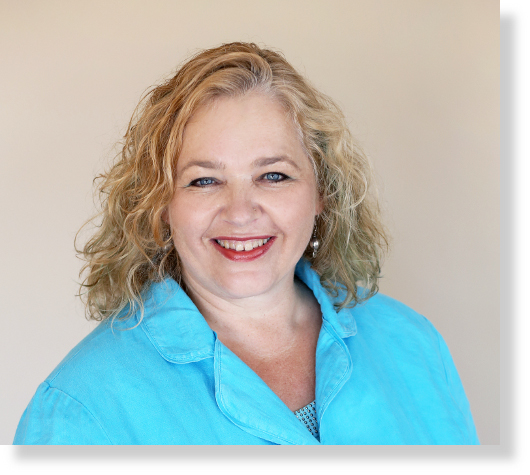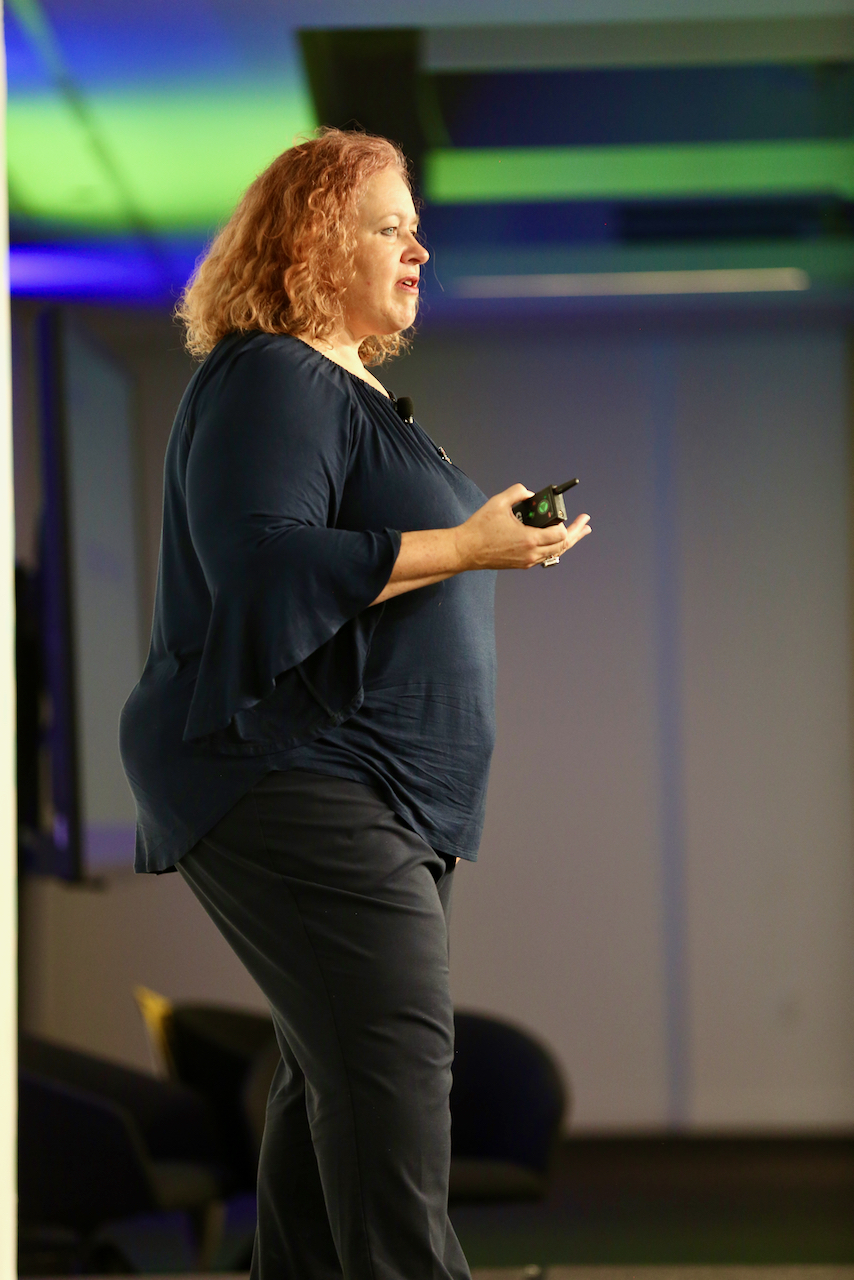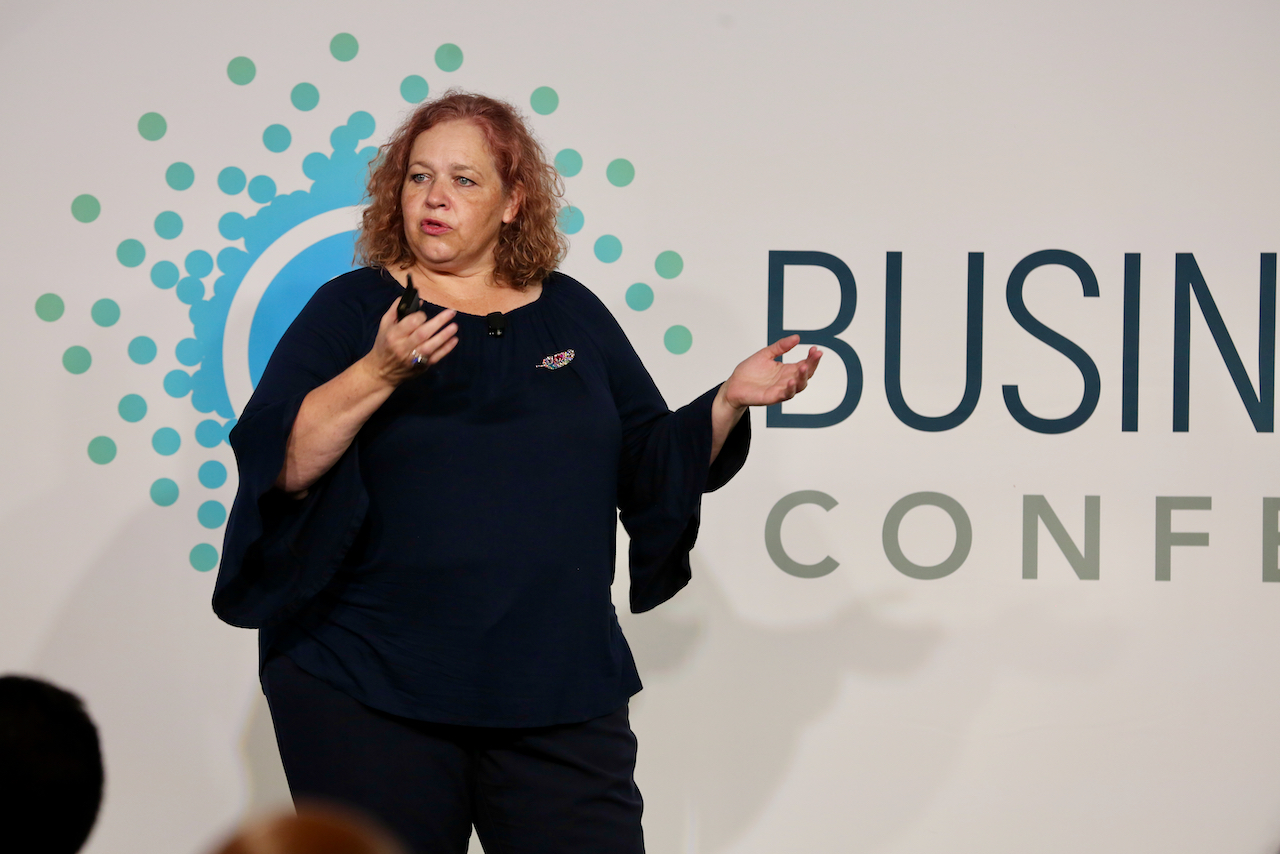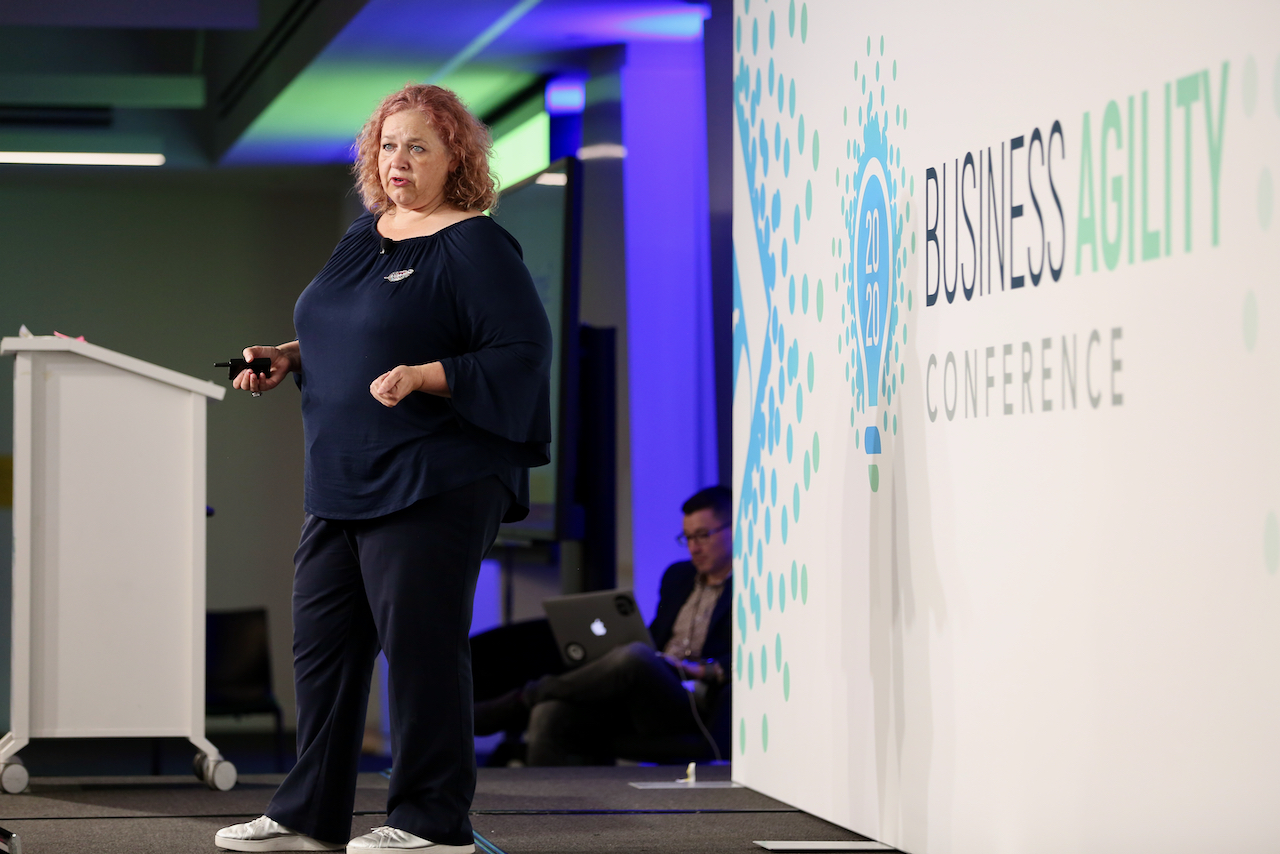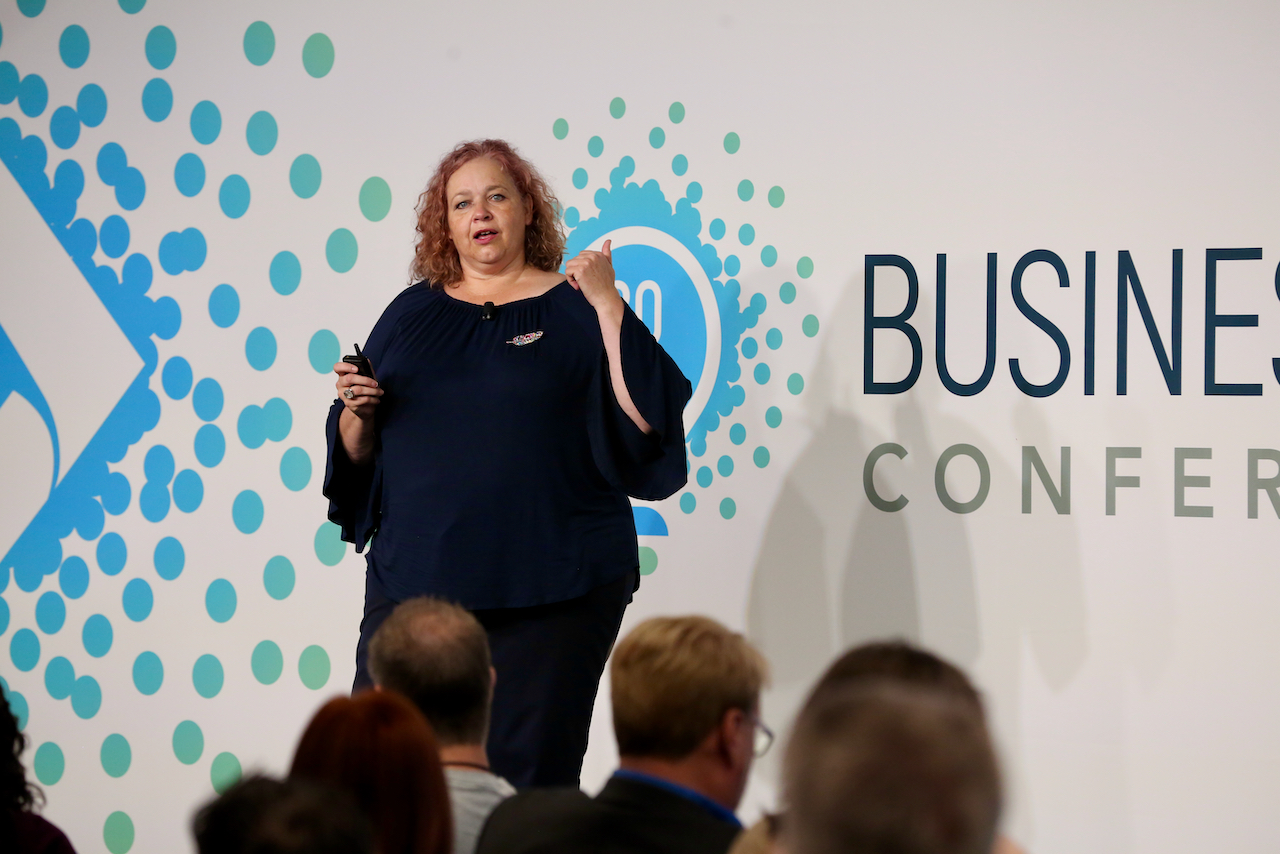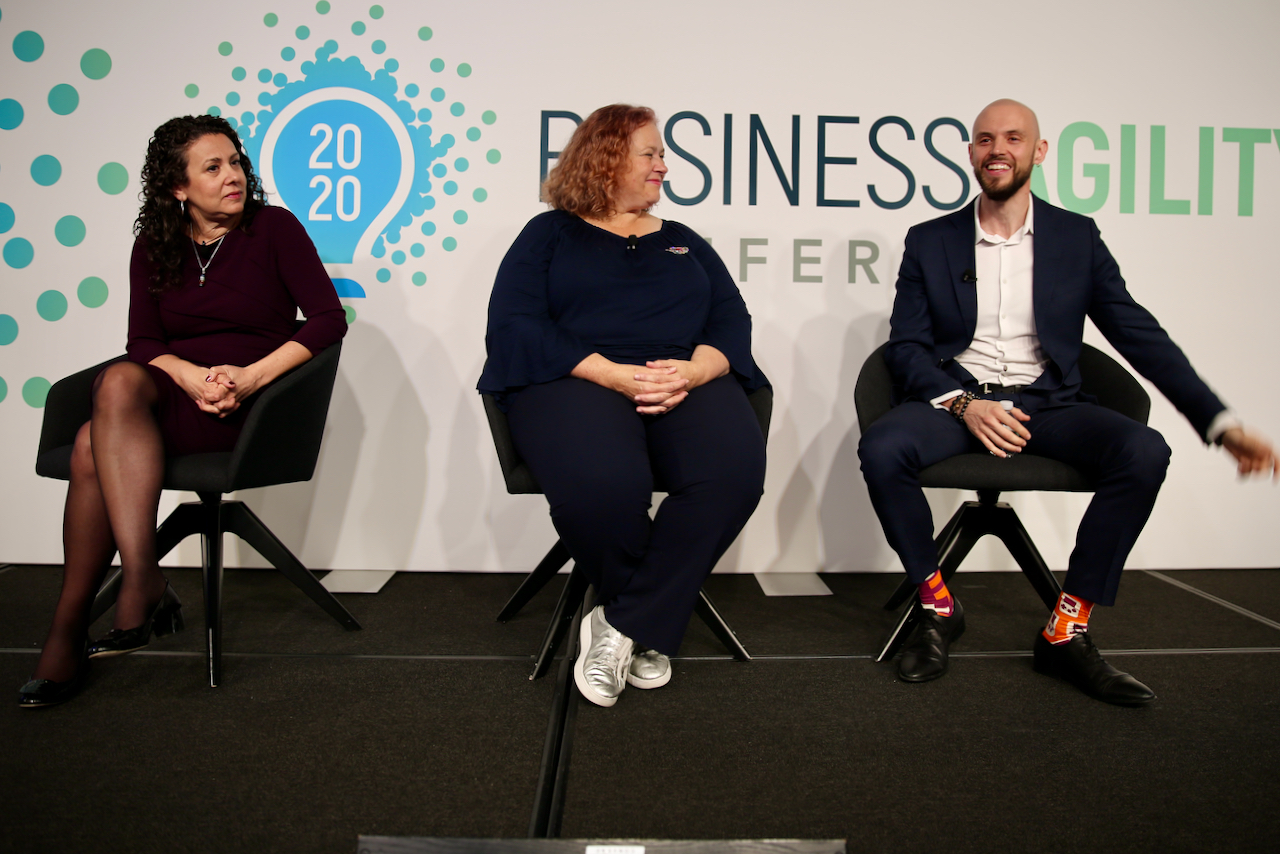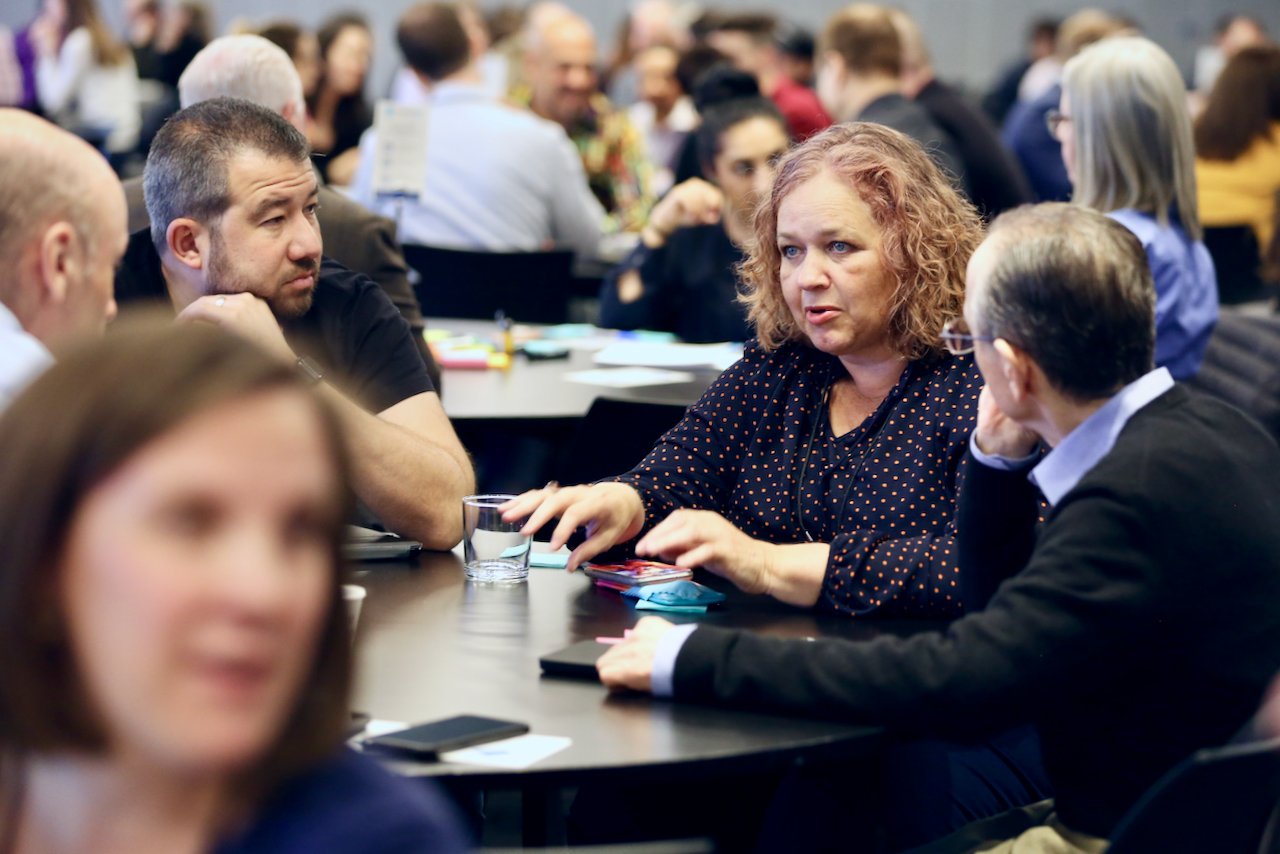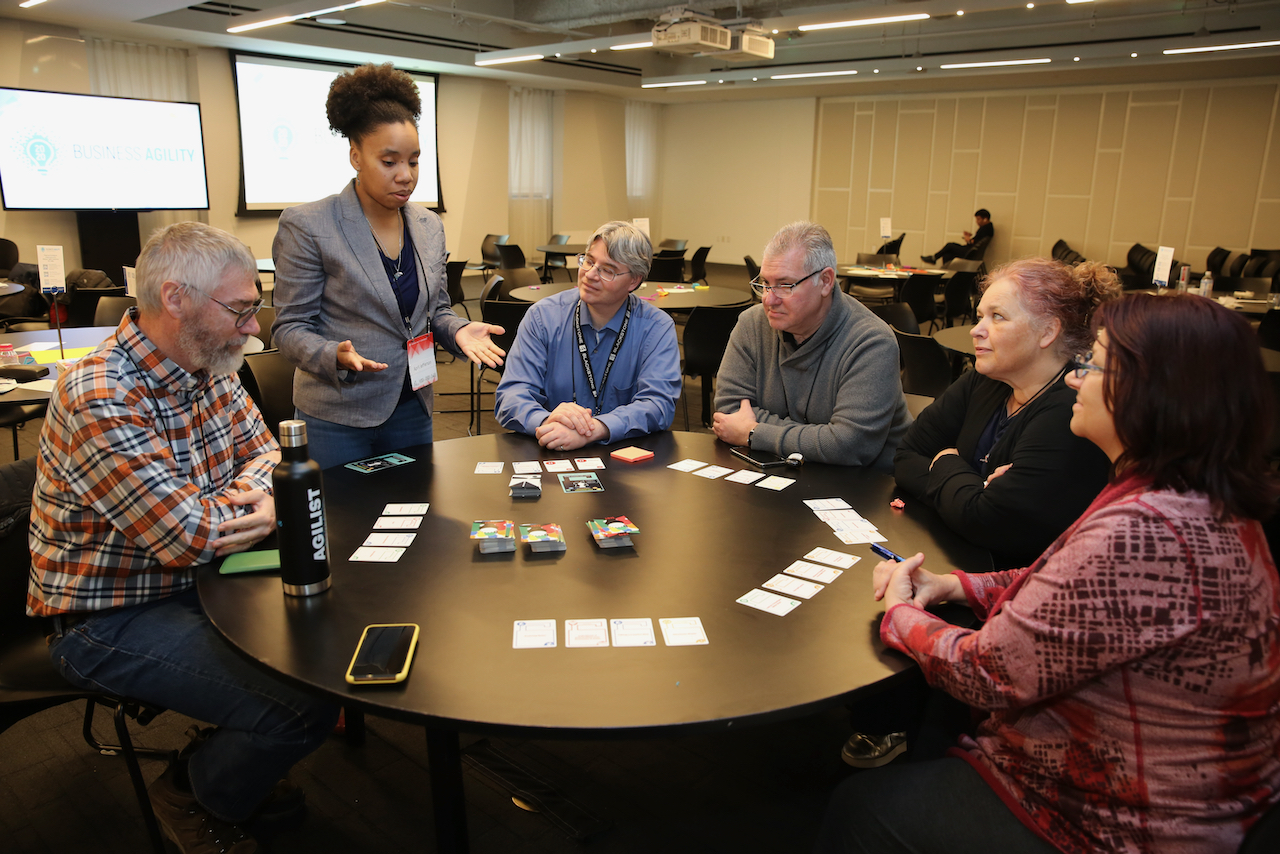So, I don't know about you, but I need to take a deep breath. As a room, can we do three deep breaths together?
Okay, that's a little better.
I've been very lucky in my career—I've often been in the right place at the right time. When I was asked to coach one of the big pharmaceutical companies in Switzerland last year, I thought, well, maybe this is one of those times.
A Coaching Opportunity in Switzerland
I'd never been to Switzerland before. I live in Cape Town, South Africa, and I had heard it was beautiful—almost as beautiful as Cape Town. I was invited on this coaching engagement with three of my American colleagues, one of whom lived in Switzerland.
The plan seemed solid. We were eight highly experienced international coaches, set to run eight pilots. The company had already been introduced to Agile through a large international consulting firm, so they had some exposure to Agile principles. The teams were cross-functional, and I felt optimistic.
Understanding the Pharma World
Before diving in, I had to understand the environment I was stepping into. I didn't know this before, but it takes about ten years from discovering a molecule to getting a drug onto the market. The company I was working with focuses exclusively on terminal illnesses, meaning the stakes were incredibly high. Every delay in their work meant more lives lost. These teams put themselves under immense pressure.
Additionally, the pharmaceutical industry operates within a narrow financial window. Companies must get a drug to market before their patent expires (or, as some of you call it, a "patent"). Once that happens, generic companies swoop in, and the original company makes little to no profit. The pressure was real, and I was grateful for the chance to support them.
Challenges in a Virtual Coaching Assignment
Typically, when I start an engagement, I conduct a review, provide feedback, and then facilitate a session to set a shared vision for agility. However, my first leadership meeting at this company took place at the Business Agility Conference last year, and I quickly realized a major challenge.
Two of my key leaders were in Basel, Switzerland. One was in Whelan (just outside London), and one was in San Francisco. I had expected to spend six months coaching on-site in Switzerland, but this was going to be a virtual coaching assignment.
I wasn’t entirely unprepared—I had completed excellent virtual facilitation courses with Marsha and Judy Rees. However, the reality hit hard. The teams only had two golden hours per day—just two hours where all locations were awake and available. Those two hours were already packed with meetings.
Low-Quality Virtual Conversations
Another issue? The virtual communication culture was terrible. Most people used conference calls, not video. Those who did use Zoom dialed in by phone, with no cameras or mics on. Conversations were essentially one-way presentations with PowerPoint slides. There was no real engagement.
In my first two months, I managed to get only three days of contact with the teams. The pilots were only meant to last three months, and I was in deep trouble. I had conducted some individual interviews and one retrospective but hadn’t completed my usual value stream mapping.
Finding a Way In
In desperation, the leadership team—who were incredibly supportive—decided to give me a focused approach. They asked me to prioritize the product team in Whelan since they were mostly co-located and had the biggest issues.
I hesitated. Optimizing one local team while ignoring the whole system wasn’t ideal, but it was my only option. So, I went for it.
Initial Findings
After some observation, I summarized what was working and what wasn’t.
What was working:
- Strong leadership—committed and results-driven.
- Dedicated teams—passionate about their work.
Challenges:
- Overloaded work-in-progress—too many concurrent initiatives.
- Extended workdays due to global collaboration.
- Pressure from biotech competitors—these smaller, more agile companies were disrupting the industry.
Big pharma is like a massive oil tanker—slow to turn. They were struggling to get drugs to market efficiently and were also facing financial pressure from biotech startups.
Identifying the Biggest Bottleneck
When I presented my findings, something unexpected happened. The biggest issue wasn’t their internal process—it was their external partner relationship. About 40% of their workload was rework caused by a broken partnership.
This wasn’t in my original scope as an Agile coach, but ignoring it wasn’t an option. I proposed a simple experiment: leadership should ask the external partner if they were willing to have a two-hour conversation about improving their relationship.
Their response? Yes.
The very act of asking shifted the relationship dynamic. Communicating a willingness to collaborate had an immediate impact. This experiment was so successful that we quickly implemented another.
Coaching Struggles and a Personal Realization
While this team was making progress, five of the other pilots were canceled. The cited reason? "Coaches were not delivering value."
This was a huge blow. Our coaching team was left questioning ourselves. Were we really as experienced as we thought? Were we failing?
During this time, I finally had my first full-day workshop with the Whelan team—except it wasn’t a full day. They arrived late, and I was left with only five hours. I had planned to:
- Introduce working agreements and alliances.
- Play a game to explain flow and work-in-progress.
However, after the first exercise, the team said, "We have a serious issue we need to discuss. Can we use the rest of the time for that?"
What could I say? Of course, I agreed. But I left feeling completely defeated.
The Turning Point
A few days later, I spoke with my internal performance coach. I told her, "I feel like I’m failing. I know Agile could help this team, but I can’t even get them in the same room."
She asked me a question that changed everything: "Why are Agile coaches always trying to be at the center of everything?"
She followed with, "Why can’t you just be of service to your team?"
That hit me. As a trained professional coach, I had lost the plot. In my frustration, I had reverted to my old instinct: jumping in and trying to "fix" things. But my job wasn’t to bring Agile to this team. My job was simply to help them in the best way I could.
Lessons Learned
- Agile is a tool, not a goal.
- Business agility should solve complex business problems, not just implement frameworks.
- Retrospectives and leadership alignment were the most impactful interventions.
- When things aren’t working, step back and be of service.
Final Thoughts
By the time I left in September, the team was successfully running their own retrospectives, had improved external collaboration, and had reduced their 40% rework to almost nothing.
Looking back, the biggest reason my pilot succeeded was leadership involvement. The leaders took ownership. They didn’t wait for a coach to "fix" things—they drove the change themselves.
As a leader, remember this: Your involvement determines success.
Thank you.

